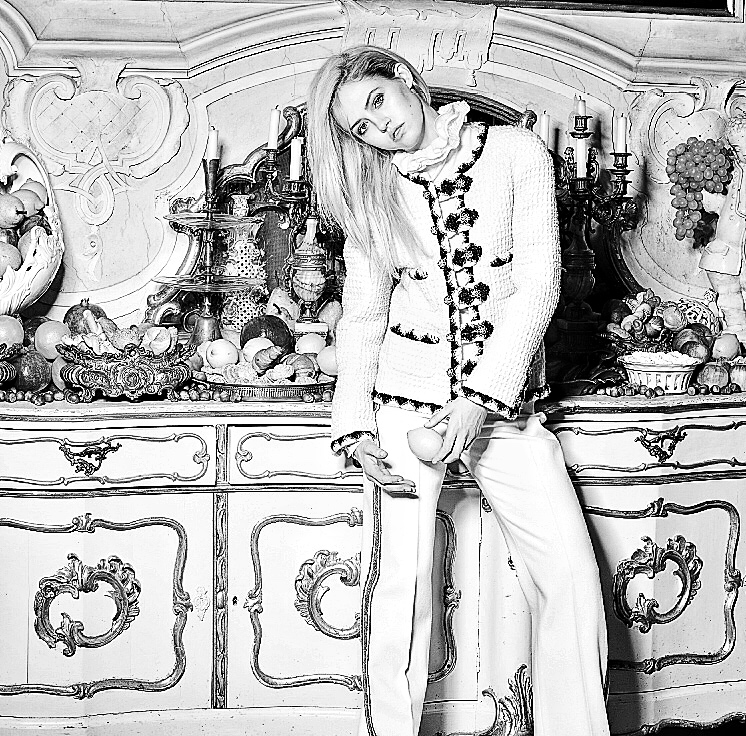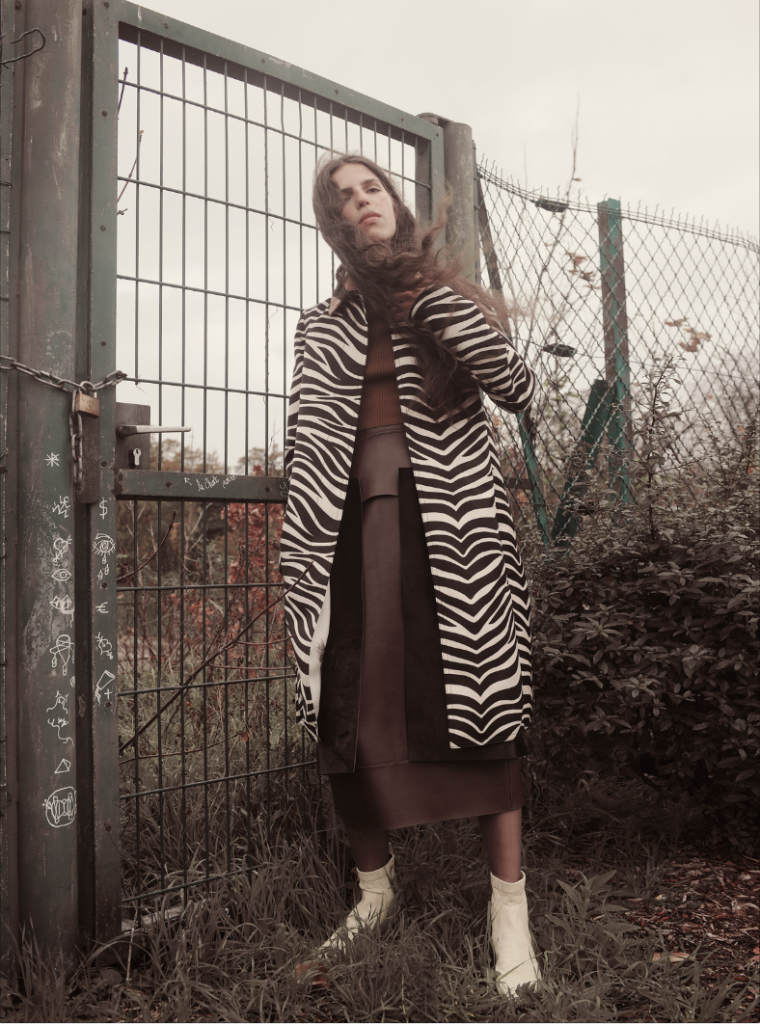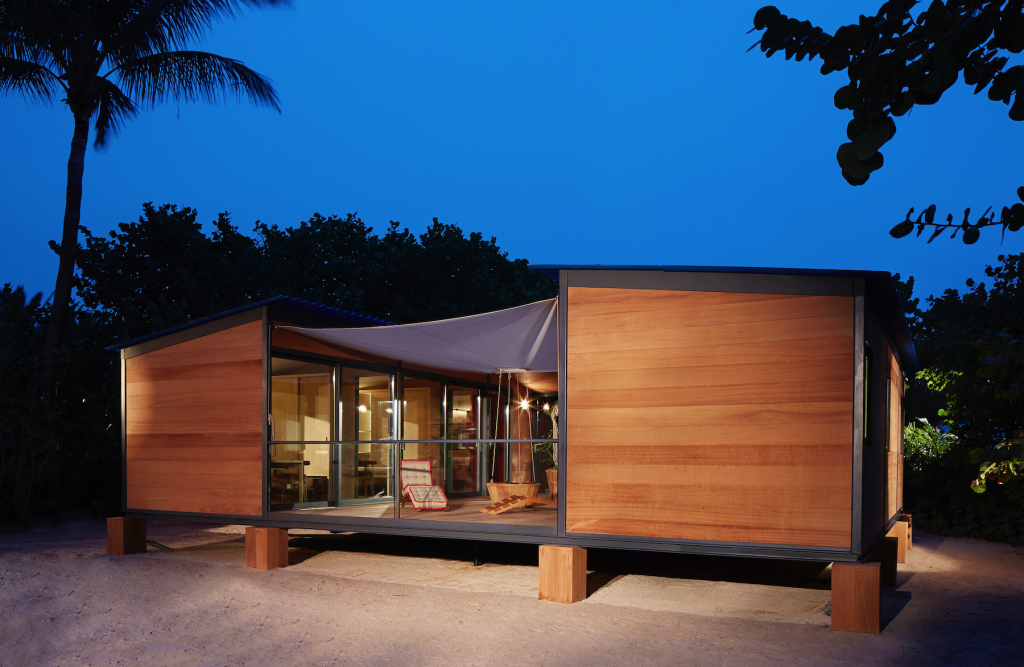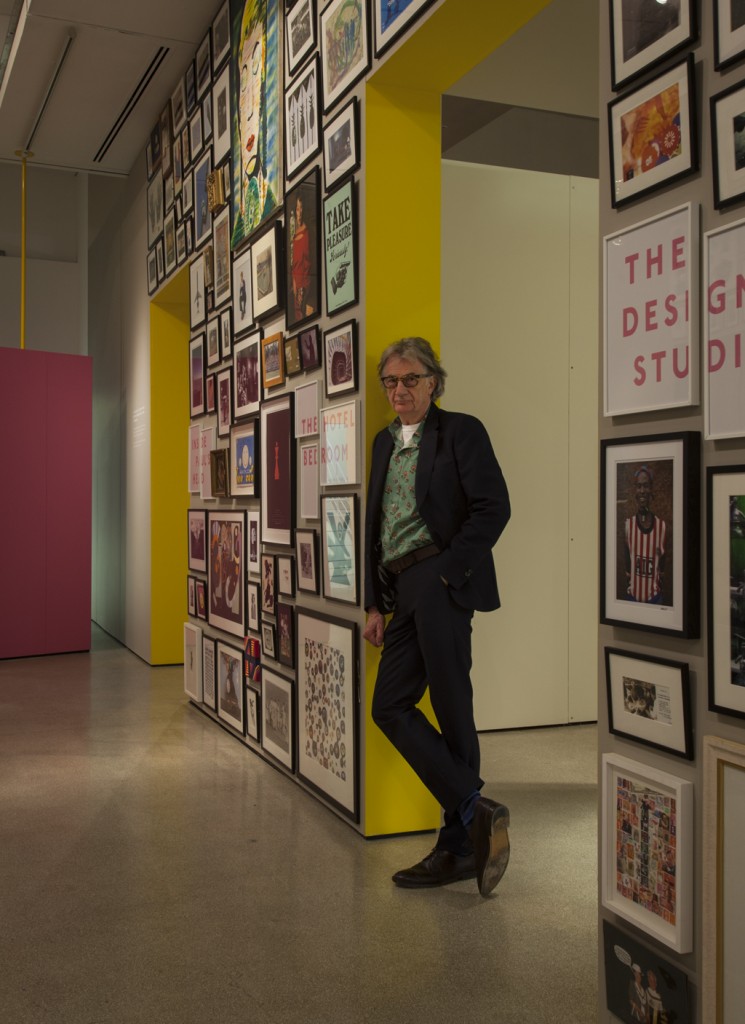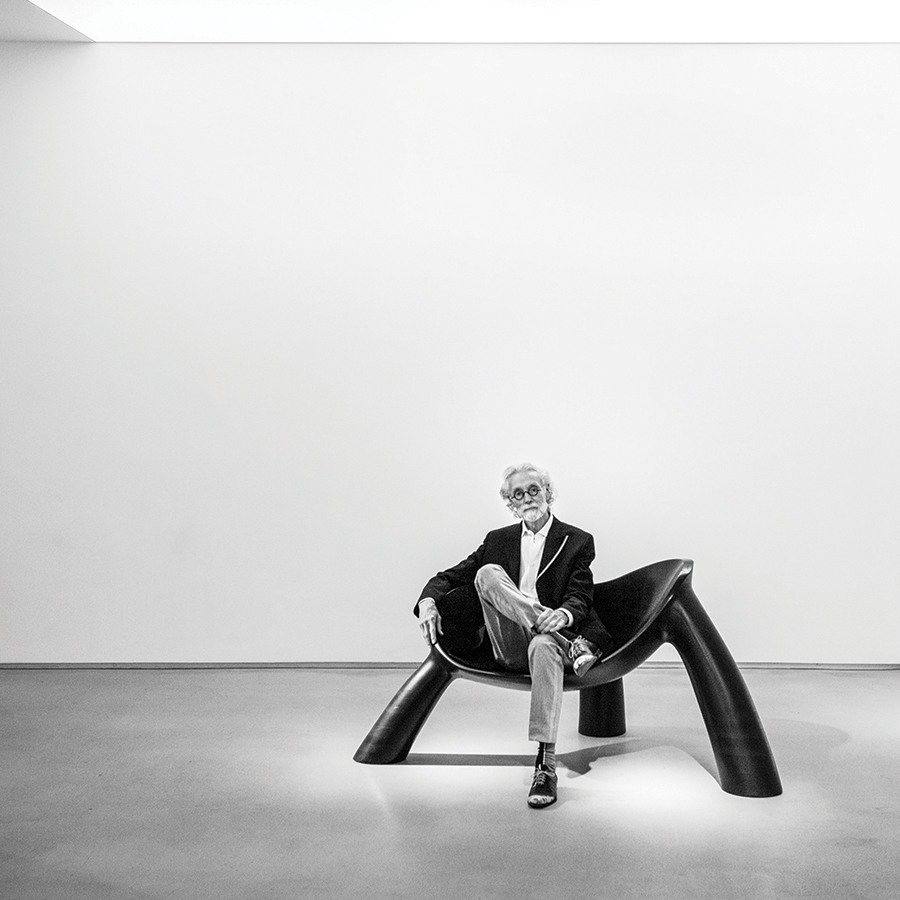
WENDELL CASTLE ON CRAFT
By Crash redaction
Wendell castle has remained one of the most iconic designers for the pastthree decades. known for his voluminous organic curves, he claims it is the imperfection of these forms that has produced his distinctive trademark. carpenters gallery workshop eXhibited some of his works at september’s biennale des antiquaires, where we met with the designer to talk about his work and ideas. for crash, the father of the postwar american arts & crafts movement opens up about his vision of creativity and artisanal know-how.
two of your artworks were presented by carpenters gallery at the biennale des antiquaires. can you tell us about “walnut sculpture”, a unique work dating back to 1958? what inspired you for that piece?
“Walnut Sculpture” is a seminal piece; one that came at a turning point following my training as a sculptor. I thought of myself as a sculptor, but pushed the work to a tipping
point between sculpture and furniture. This is one of a few existing works where I was figuring out what needed to happen for a sculpture to become a good chair.
your practice in design, craftsmanship and art has questioned the traditional boundaries between these disciplines for the past three decades. what do you think of the continued blurring of the line between art and the applied arts?
This question has preoccupied me for decades. “Walnut Sculpture” is a great example to consider here. I am happy the wider art world is starting to recognize that there is very little distance between the two.
you teach design and have the opportunity to track changes in design practices through your students’ work. you also recently published a new version of your adopted rules of thumb, a collection of quotes aiming to promote more creativity in design. where did this idea come from?
I started collecting these ideas one at a time, and about seven or eight years ago I thought it would be a good idea to put them down on paper and share them with others.
you encourage people to be adventurous, design from scratch and create new forms, while you also criticize the idea of “freestyle” design. can you elaborate on the skills you think a good designer needs?
There needs to be discipline and thought given to what you are doing: know what the right thing to do is at any given moment, the right piece to make, what is to become of it. All this requires discipline.
you are widely known for your excellent craftsmanship and development of new lamination techniques. to what extent do you think a designer needs to be a craftsman?
A designer doesn’t have to be a craftsman, but I think it is a good idea to control what you do. In my early days it was essential. For example, working with wood is complex: you need to understand its direction, its relationship with humidity, what colors the wood is available in, how light affects it – these things, among others, are related to craft. I do not think that craft really enters into the part that’s about designing, but it is essential to complete the design and to know how to arrive at the desired results.
in an interview from 1981, you stressed the importance of drawing as a way to learn how to see. you also underlined the importance of determining how a sketch matches up with the actual object. what do you think of computer-aided design? how important is it to learn how to draw? how has your view of drawing changed?
I still think that drawing is very important, and that’s how I develop and see the ideas. I use my own type of curves, which are imperfect. These imperfections are what make the curves carry my signature. Computers, on the other hand, have minds of their own and are made to standardize and perfect lines and shapes. The way I go about drawing is first making a sketch of the work and then make the model by hand. The model will have imperfections and that’s okay.
what do you make of the revival of craftsmanship throughout the broader culture? we have seen diy (do it yourself) and maker culture take off among the general public, at the same time 3d printing is changing industry. how do you think design will change in this context?
I’m not particularly aware that there really was a revival, but I welcome it. I always believed that craftsmanship was a necessary part of creating things.
many traditional crafts and artisanal techniques are disappearing. what do you think of the way things are going? what impact might this have on contemporary design?
We may lose them because these become irrelevant in an ever more standardized world.
what projects do you have lined up next?
An exhibition at the Museum of Art and Design (MAD) in New York is my next big project. I am preparing pieces that will echo the lamination techniques in my earlier work. I also plan to pair some of my key works with pieces I am doing now. This will give me and the public a chance to see how my technique has developed since the 1960s.
what would you like to design that you haven’t had the opportunity to do yet?
I keep working on ideas to design environments – such as a way to step inside a chair, and maybe find a desk and lamp attached to it in some way. I want to find a way for furniture to have two aspects, inside and out, and make it possible to work with both of them.







